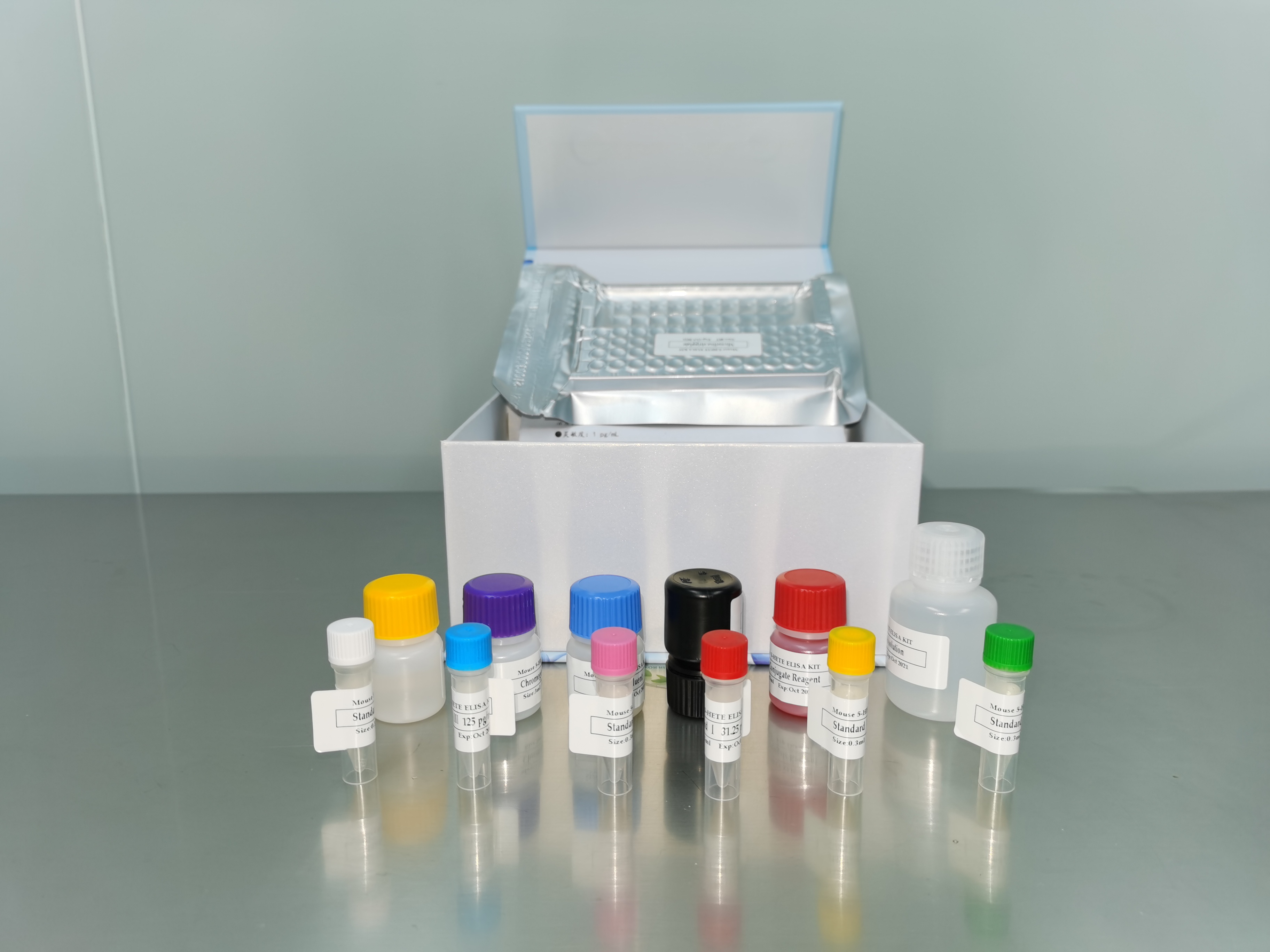| 产品名称: | Leishmania major (Yakimoff and Schokhor) Bray et al. |
|---|---|
| 商品货号: | TS136548 |
| Strain Designations: | MRHO/SU/59/P |
| Application: | Vector borne research |
| Biosafety Level: | 2
Biosafety classification is based on U.S. Public Health Service Guidelines, it is the responsibility of the customer to ensure that their facilities comply with biosafety regulations for their own country. |
| Isolation: | gerbil, Rhombomys opimus, USSR, 1959 |
| Product Format: | frozen |
| Type Strain: | no |
| Comments: | WHO reference strain. Promastigotes. |
| Medium: | ATCC® Medium 807: Brain heart infusion blood agar |
| Growth Conditions: | Temperature: 25.0°C Duration: axenic Protocol: ATCCNO: 11745 SPEC: See general instructions for thawing and storage of frozen material before proceeding. Add thawed contents to a single 16 x 125 mm glass screw-capped test tube of the appropriate medium. Incubate the culture vertically with the cap screwed on tightly. It is essential to establish cultures initially in small volumes. Once established, the culture can be scaled up to larger volumes. Vigorously agitate the culture and aseptically transfer 0.1 ml of culture to a fresh tube of medium weekly. |
| Subcultivation: | Protocol: ATCCNO: 11745 SPEC: See general instructions for thawing and storage of frozen material before proceeding. Add thawed contents to a single 16 x 125 mm glass screw-capped test tube of the appropriate medium. Incubate the culture vertically with the cap screwed on tightly. It is essential to establish cultures initially in small volumes. Once established, the culture can be scaled up to larger volumes. Vigorously agitate the culture and aseptically transfer 0.1 ml of culture to a fresh tube of medium weekly. |
| Cryopreservation: | 1.xa0xa0 Harvest cells from cultures that are at or near peak density. Aseptically transfer the broth overlay to a plastic centrifuge tube and adjust the concentration of cells to 2 x 107/ml in fresh medium (broth overlay). If necessary, cells may be concentrated by centrifugation at 800 x g for 5 min. 2.xa0 Prepare a 10% (v/v) solution of sterile DMSO in fresh medium (broth).xa0 Cool on ice. 3.xa0 Mix the cell preparation and the DMSO solution in equal portions. The final concentration will be 107 cells/ml and 5% (v/v) DMSO. The time from the mixing of the cell preparation and DMSO solution to the start of the freezing process should be no less than 15 min and no longer than 30 min. 4.xa0 Dispense in 0.5 ml aliquots into 1.0 - 2.0 ml sterile plastic screw-capped cryules (special plastic vials for cryopreservation). 5.xa0xa0 Place the vials in a controlled rate freezing unit.xa0 From room temperature cool at -1°C/min to -40°C.xa0 If the freezing unit can compensate for the heat of fusion, maintain rate atxa0xa0xa0xa0xa0xa0xa0 -1°C/min through the heat of fusion.xa0 At -40°C plunge into liquid nitrogen. Alternatively, place the vials in a Nalgene 1°C freezing apparatus.xa0 Place the apparatus at -80°C for 1.5 to 2 hours and then plunge ampules into liquid nitrogen.xa0 (The cooling rate in this apparatus is approximately xa0xa0xa0xa0xa0 -1°C/min.)xa0 6.xa0 The frozen preparations should be stored in either the vapor or liquid phase of a nitrogen refrigerator. Frozen preparations stored below -130°C are stabile indefinitely. Those stored at temperatures above -130°C are progressively less stabile as the storage temperature is elevated. Vials should not be stored above -70°C. 7.xa0xa0 To establish a culture from the frozen state place an ampule in a water bath set at 35°C. Immerse the vial just to a level just above the surface of the frozen material. Do not agitate the vial. 8.xa0xa0 Immediately after thawing, do not leave in the water bath, aseptically remove the contents of the ampule and inoculate a 16 x 125 mm screw-capped test tube containing ATCC medium 807. 9.xa0xa0 Incubate the culture vertically at 25°C. Observe the culture daily and transfer when numerous trophozoites are observed. |
| Name of Depositor: | WRAIR |
| Chain of Custody: | ATCC < |
| Year of Origin: | 1959 |
| References: | Ray DK, et al. Efficacy of seven anthelmintics against Ancylostoma ceylanicum in the golden hamster, Mesocricetus auratus. Ann. Trop. Med. Parasitol. 72: 56-65, 1978. PubMed: 580701 Ann. Trop. Med. Parasitol. 75: 247-249, 1981. |


